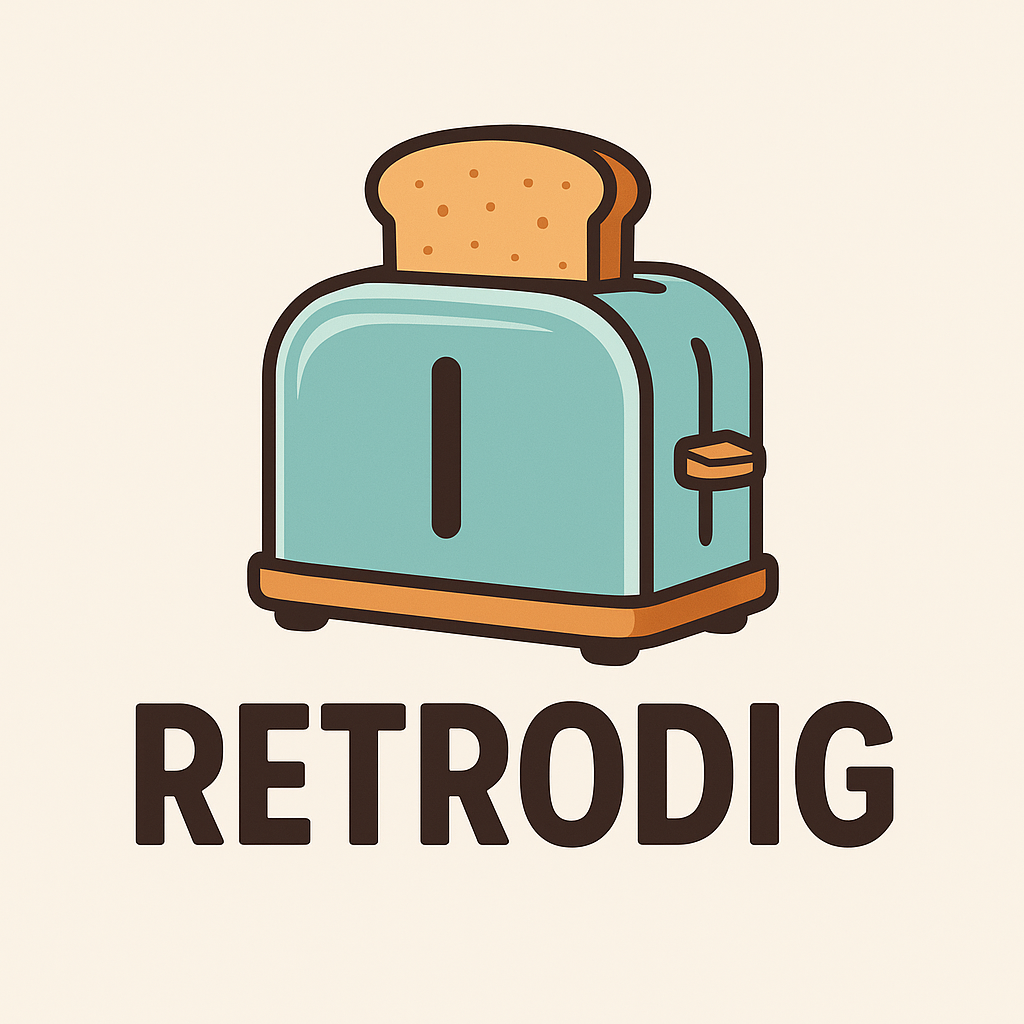Retro toaster collecting is a niche hobby that combines history, design appreciation, technical knowledge, and a passion for nostalgia. While it may sound quirky at first, the world of hardcore collectors is surprisingly organized, knowledgeable, and competitive. These enthusiasts treat retro toasters not just as appliances, but as pieces of design history, artifacts of domestic culture, and sometimes even investment opportunities.
Collectors often focus on specific eras, brands, or design features. Some prefer early models from the 1920s and 1930s, valuing simplicity, chrome finishes, and exposed heating elements. Others concentrate on the pastel-colored, curved designs of the 1950s and 1960s, drawn to their aesthetic charm and cultural significance. The 1970s and 1980s also have dedicated fans who appreciate bold colors, geometric shapes, and unique mechanical features. Each collector develops a personal focus, often dictated by their own tastes, available space, and knowledge of historical trends.
Knowledge is a critical part of the hobby. Hardcore collectors spend years learning to identify manufacturers, model numbers, production years, and design variations. Small details, such as lever shapes, logo placement, slot width, and knob materials, can differentiate a standard appliance from a highly sought-after collectible. Books, online forums, vintage catalogs, and auction listings are essential tools for acquiring this expertise. Many collectors also network with others to share information about rare models, restoration techniques, and market values.
Condition and authenticity are paramount. Collectors prize toasters that retain their original paint, components, and logos. Rust, missing parts, or modern replacements can significantly reduce value. Some collectors go to great lengths to restore toasters carefully, ensuring mechanical function while preserving originality. Restoration may involve cleaning, rewiring, replacing worn parts with period-accurate materials, and polishing chrome surfaces. The best restorations maintain both aesthetic integrity and operational performance, keeping the toaster as close to its original state as possible.
The community aspect of collecting is surprisingly vibrant. Enthusiasts attend swap meets, estate sales, flea markets, and auctions specifically in search of rare or unusual toasters. Online marketplaces and social media groups have also become central hubs for trading, buying, and selling vintage appliances. Collectors often take pride in displaying their collections at home, arranging toasters by color, brand, era, or shape, turning kitchens or dedicated rooms into mini-museums. For some, sharing photos, restoration tips, and acquisition stories is just as rewarding as the hunt itself.
Rarity drives much of the excitement and competition in this hobby. Limited-production models, unusual color combinations, or toasters with unique mechanical features can fetch high prices among collectors. Certain brands, like Sunbeam, Toastmaster, and Westinghouse, are particularly sought after due to their historical significance and quality of construction. Even minor variations, like a rare lever design or unusual slot arrangement, can make a toaster highly desirable. Collectors often research meticulously to ensure they identify these subtle distinctions before committing to a purchase.
Hardcore collectors also appreciate the cultural context behind retro toasters. Each model tells a story about its era, reflecting industrial design trends, consumer preferences, and domestic life. Pastel colors from the 1950s evoke post-war optimism, bold geometric shapes from the 1970s signal experimentation and modernity, and early chrome designs showcase industrial precision. Understanding this history adds depth to collecting, transforming each toaster from a functional appliance into a tangible piece of cultural heritage.
For many enthusiasts, the hobby extends beyond collecting and restoration into sharing knowledge and educating others. Blogs, YouTube channels, and social media accounts dedicated to retro toasters provide tutorials, history lessons, and visual showcases of rare models. These platforms allow collectors to document their collections, share restoration techniques, and connect with a global community of like-minded enthusiasts. The shared passion creates a sense of belonging and encourages ongoing preservation of these unique appliances.
In conclusion, hardcore retro toaster collectors are deeply invested in history, design, and functionality. They approach the hobby with knowledge, precision, and a passion for preserving a unique slice of domestic culture. Through careful selection, restoration, and display, these enthusiasts turn ordinary kitchen appliances into artifacts of style, engineering, and nostalgia. The world of retro toaster collecting is about much more than toast—it is about valuing craftsmanship, celebrating history, and connecting with a community that shares an appreciation for one of the most overlooked yet iconic objects of the 20th century.
Before you make your final choice, check out our full Retro Toaster Buyer’s Guide. It breaks down everything you need to know about materials, durability, heating performance, and extra features so you can pick the perfect toaster for your kitchen.
